Understanding Your Tarantula’s Diet
Feeding your tarantula correctly is fundamental to its health and longevity. Tarantulas are obligate carnivores, meaning their diet consists primarily of insects. Mealworms are a popular and convenient food source, but it’s crucial to understand the broader dietary needs of these fascinating creatures. A well-balanced diet, alongside proper care, ensures your tarantula thrives in captivity. This guide will delve into the specifics of incorporating mealworms into your tarantula’s diet, providing a comprehensive overview of best practices.
The Importance of Mealworms
Mealworms are a readily available and easily digestible food source for many tarantula species. They offer a good source of protein and are generally accepted by most tarantulas. The size of the mealworm should be appropriate for the size of your tarantula; ideally, the mealworm should be no larger than the tarantula’s body. Mealworms contribute to the overall health and growth of your tarantula, playing a vital role in its molting process and general well-being. However, mealworms alone do not provide a completely balanced diet, and diversity is key.
Nutritional Value of Mealworms
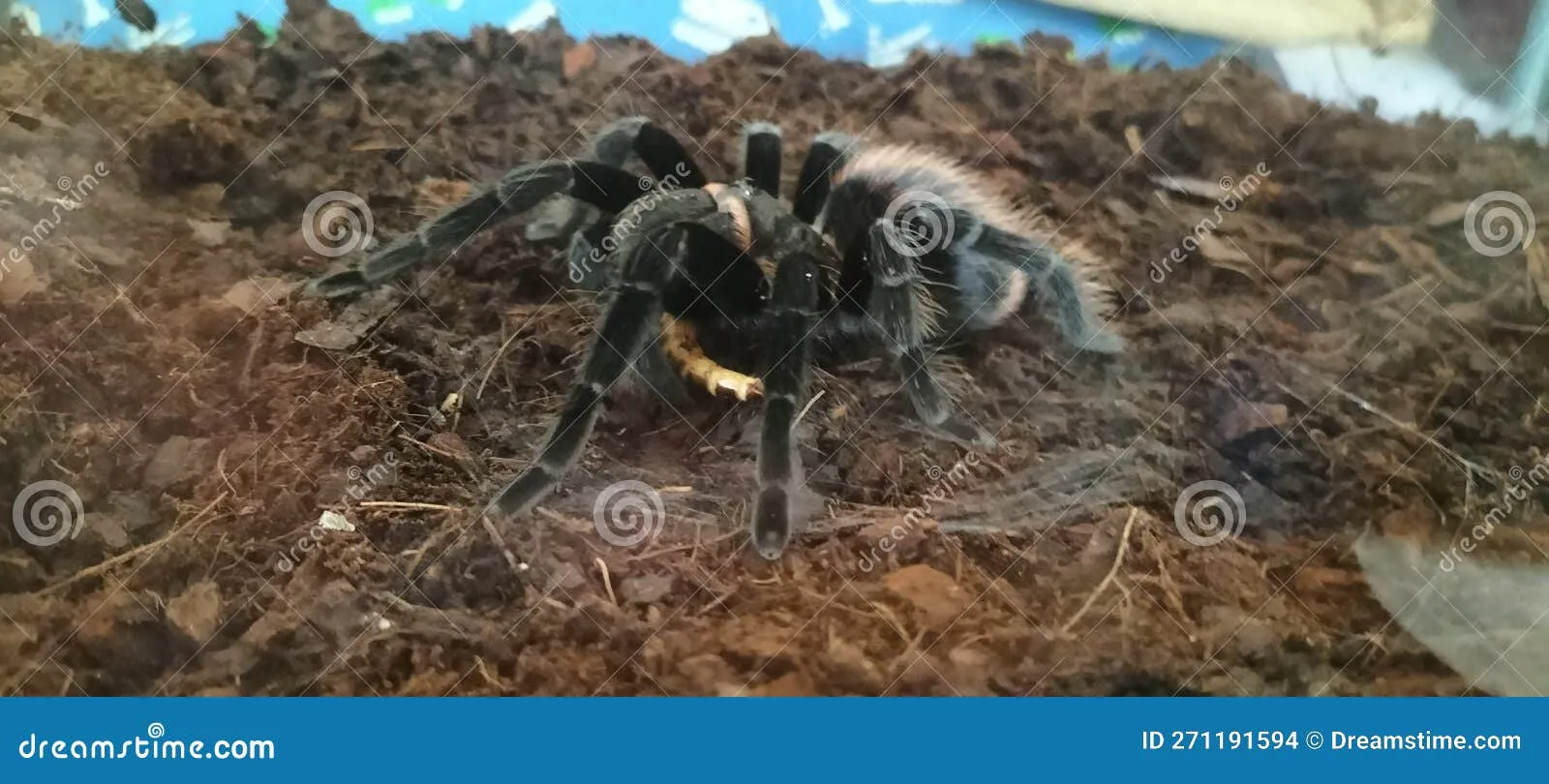
Mealworms are rich in protein, which is essential for the growth and maintenance of your tarantula’s tissues. They also contain fats and other nutrients, contributing to the tarantula’s energy reserves. While not a complete food source, mealworms offer a good starting point. It’s important to remember that the nutritional content of mealworms can vary depending on their diet. Therefore, gut-loading the mealworms before feeding them to your tarantula can significantly improve their nutritional value and overall health benefits for your pet tarantula.
Tarantula Species Preferences
Different tarantula species may have different preferences when it comes to their diet. Some species are enthusiastic eaters of mealworms, while others may prefer a more diverse diet including crickets, roaches, or even small vertebrates. Researching the specific dietary needs of your tarantula species is essential to provide appropriate nutrition. Observing your tarantula’s feeding habits and preferences can help you tailor its diet to ensure it is getting the nutrients it needs and is happy and thriving.
Preparing Mealworms for Feeding
Proper preparation ensures your tarantula receives the maximum nutritional benefit from mealworms. Before feeding, consider the source and quality of the mealworms. Ensure the mealworms are from a reputable source and are free from pesticides or diseases. Cleaning the mealworms before feeding may also be necessary. Preparing mealworms carefully is a crucial step in providing a safe and nutritious meal for your tarantula, enhancing its overall well-being and vitality. The preparation methods themselves vary and include both live and dried forms, so let’s explore those options.
Live vs. Dried Mealworms
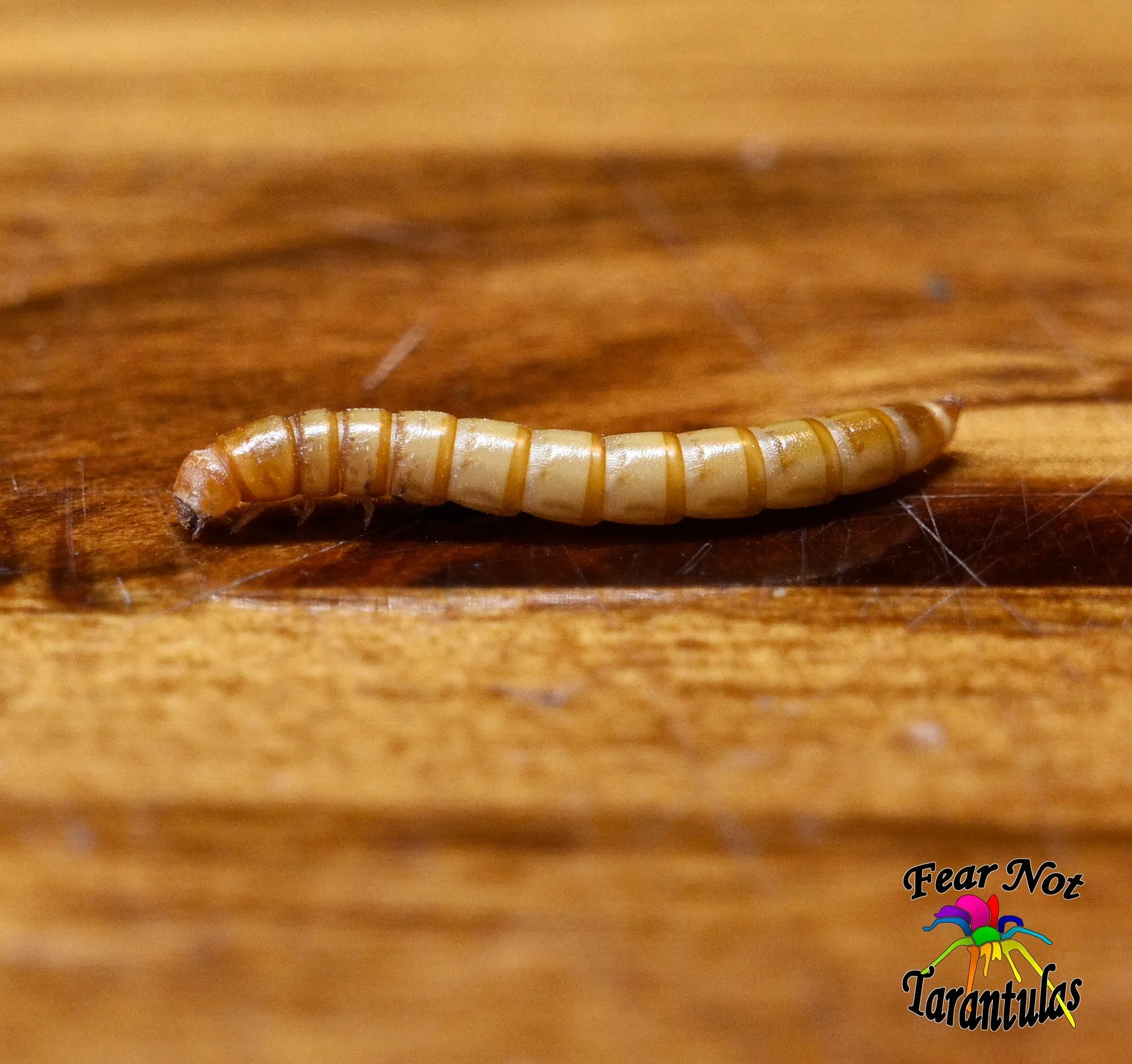
Live mealworms are generally preferred by tarantulas because they offer a more natural feeding experience and provide added enrichment. The movement of live prey can trigger a tarantula’s hunting instincts. Dried mealworms are also available, but they have less nutritional value and may not be as readily accepted by your tarantula. If using dried mealworms, consider rehydrating them to increase their palatability. Always ensure the mealworms are a suitable size for your tarantula, avoiding those that are too large, which may pose a risk of injury.
Gut Loading Mealworms
Gut-loading is the process of feeding mealworms a nutritious diet before offering them to your tarantula. This significantly increases the nutritional value of the mealworms, ensuring your tarantula receives a more balanced meal. To gut-load mealworms, feed them a diet rich in vitamins and minerals, such as fresh vegetables, fruits, and commercial insect food. The benefits of gut-loading are considerable, including improved health and growth for your tarantula. You can typically gut-load mealworms for 24-48 hours before feeding them to your tarantula. This simple step can dramatically improve your tarantula’s overall health and longevity.
Feeding Frequency and Portion Size
Determining the appropriate feeding frequency and portion size is crucial for your tarantula’s health and well-being. Overfeeding can lead to obesity and other health problems, while underfeeding can stunt growth. The correct balance will vary depending on the tarantula species, age, and stage of development. Careful observation and regular monitoring are essential to find the right balance, ensuring your tarantula receives the proper nutrition without the associated risks of improper feeding habits. Always adjust your feeding routine based on your observations, considering the individual needs of your tarantula.
How Often to Feed Your Tarantula
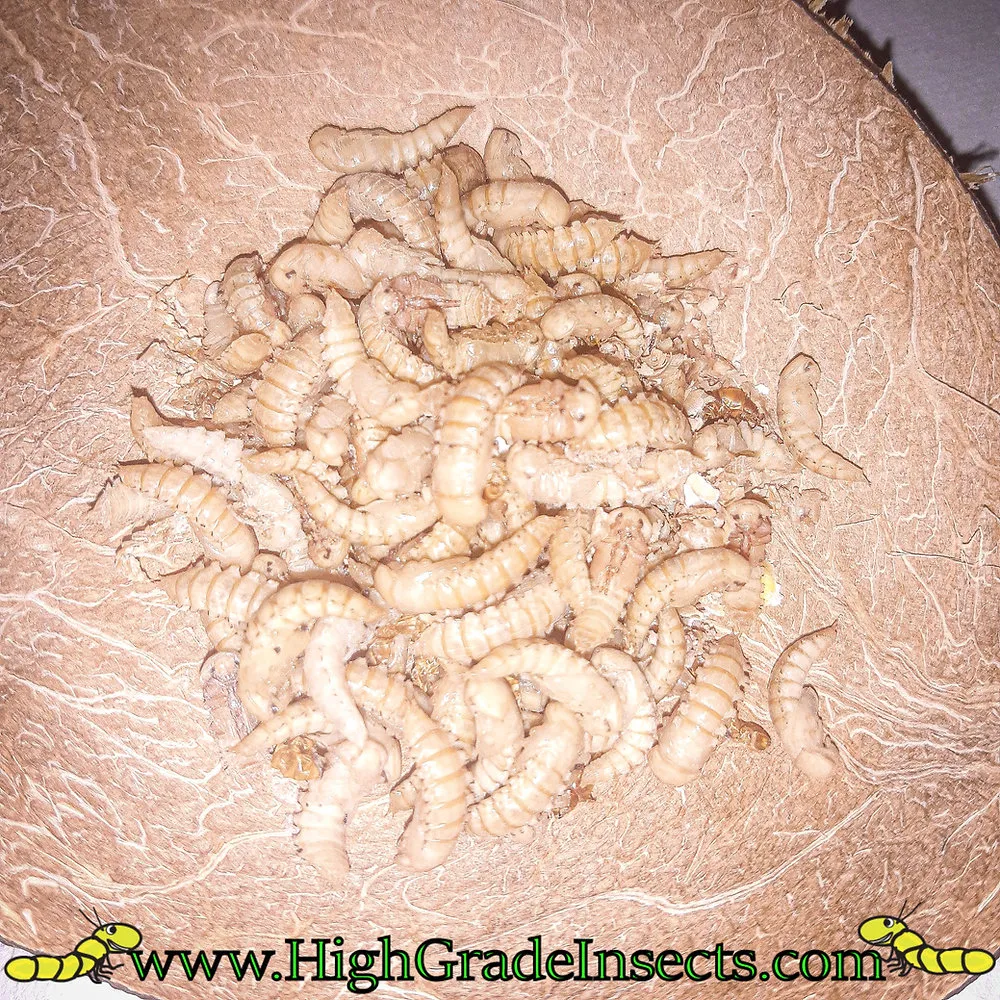
As a general guideline, juvenile tarantulas (spiderlings) should be fed more frequently than adult tarantulas, typically 2-3 times per week. Adult tarantulas, on the other hand, can be fed less frequently, often once a week or even less, depending on their size and metabolism. Adjust the feeding schedule based on your tarantula’s appetite and overall condition. It is important to understand that tarantulas can go for extended periods without food, particularly during molting. If your tarantula refuses food, don’t panic, as this could be a sign of an impending molt or other factors, such as stress.
Portion Control for Tarantulas
The portion size should be relative to the size of your tarantula. A good rule of thumb is to offer a mealworm that is no larger than the tarantula’s abdomen. Avoid overfeeding, which can lead to health issues. Remove any uneaten mealworms within 24 hours to prevent them from stressing your tarantula or causing potential injury during a molt. Always monitor your tarantula’s abdomen; if it appears overly plump, reduce the portion size. Keeping a consistent feeding schedule allows you to identify any changes and ensure your tarantula’s health.
Feeding Techniques and Safety
Feeding your tarantula safely and effectively is crucial for both your pet’s well-being and your own safety. Using appropriate tools and techniques can minimize risks and ensure a positive feeding experience. Always prioritize your tarantula’s safety by creating a stress-free environment and taking precautions to prevent any potential harm. When you understand proper feeding techniques, you ensure a healthy, thriving tarantula and minimize unnecessary risks. This means creating a safe environment and being mindful of your own safety.
Introducing Mealworms
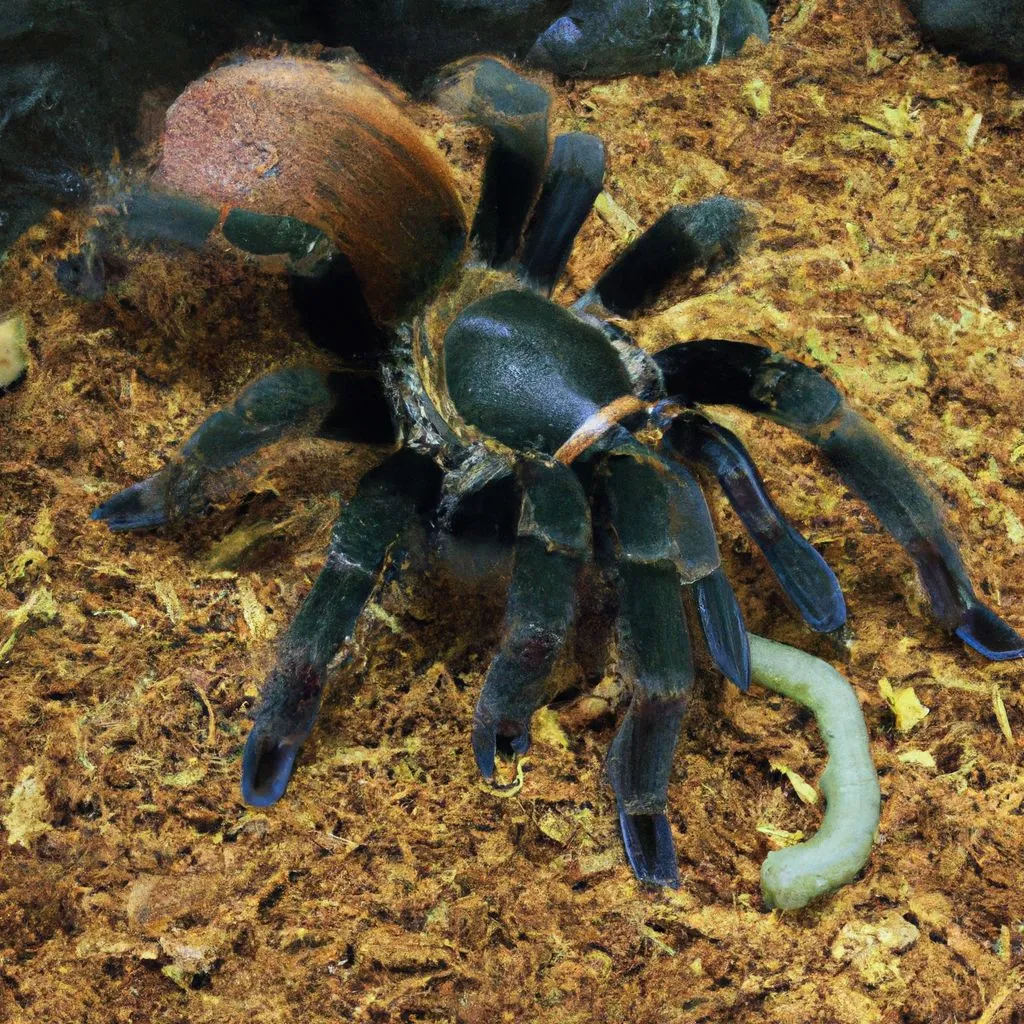
When introducing mealworms, do so carefully to avoid stressing your tarantula. Use tongs to offer the mealworm, placing it near the tarantula without touching it. Allow the tarantula to hunt and capture the mealworm naturally. Avoid dropping the mealworm directly into the tarantula’s burrow, which may startle it. Observe your tarantula’s behavior; a healthy tarantula will typically show interest and quickly capture the mealworm. However, some tarantulas may be more hesitant, and patience is key. The more you practice, the easier it will become.
Removing Uneaten Mealworms
It is essential to remove any uneaten mealworms within 24 hours of feeding. Uneaten mealworms can burrow and hide, causing unnecessary stress to your tarantula. They can also potentially harm the tarantula during its molt. Regularly check the enclosure to ensure no mealworms remain. Use tongs or a small scoop to carefully remove any leftovers. Maintaining a clean enclosure is important for the overall health and well-being of your tarantula.
Monitoring Your Tarantula’s Health
Regularly monitoring your tarantula’s health is essential for identifying any potential problems early on. Observing your tarantula’s behavior, appetite, and overall appearance can help you recognize signs of illness or stress. A healthy tarantula is active, alert, and has a good appetite. Be proactive in watching for changes in behavior, such as a loss of appetite, lethargy, or unusual posture, as these can be indicators of underlying health issues. Early detection is key to providing prompt care and ensuring the long-term well-being of your pet.
Signs of a Healthy Tarantula
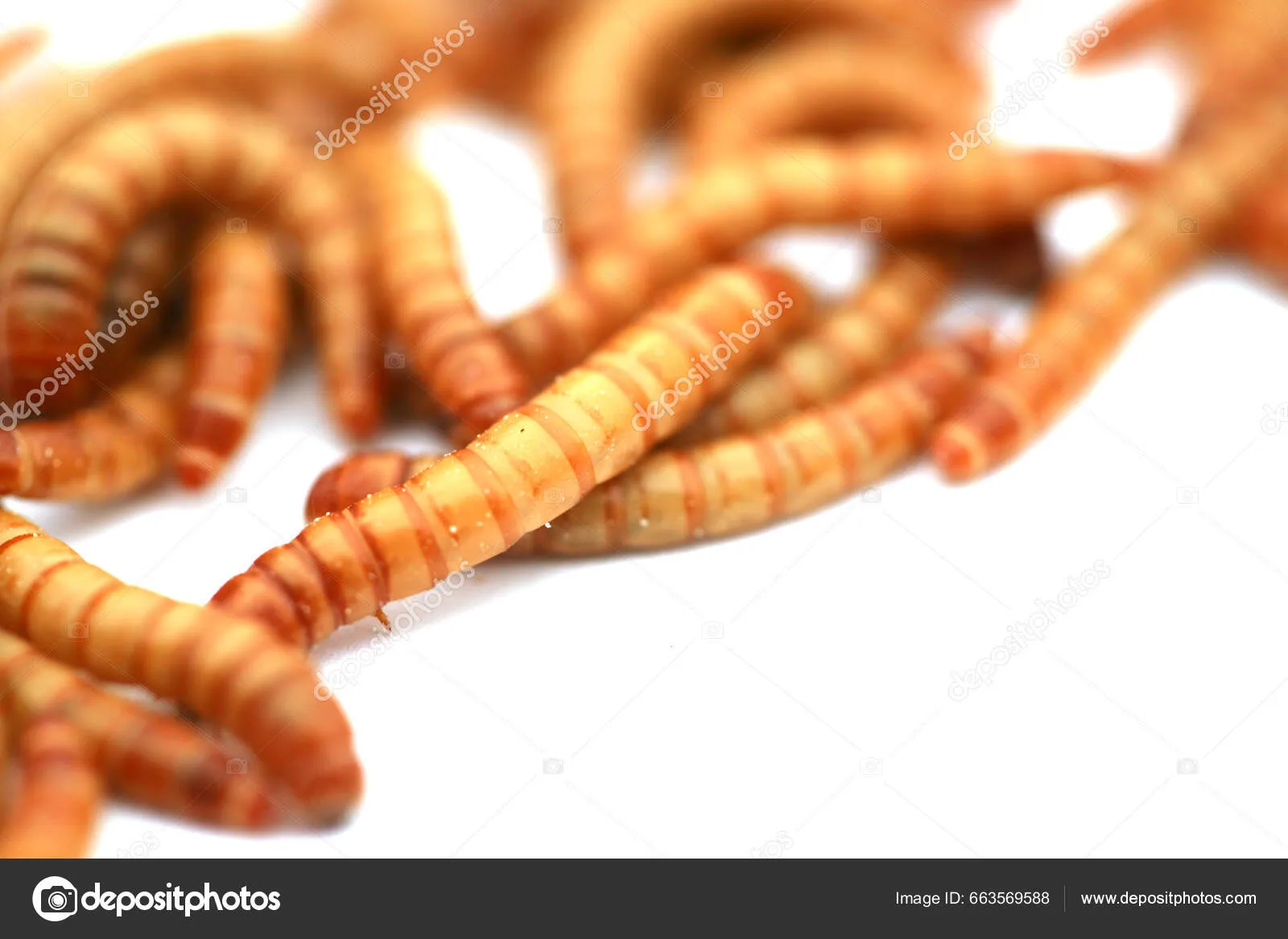
A healthy tarantula displays several positive characteristics. It should have a good appetite and readily accept food. The tarantula should be active and not show any signs of lethargy or weakness. The abdomen should be appropriately sized, not overly plump or shrunken. The fangs should be clean and not chipped or damaged. During molting, a healthy tarantula will typically retreat and shed its exoskeleton without difficulty. Regularly observe your tarantula, and if you notice any changes in its appearance or behavior, consult with a veterinarian or experienced tarantula keeper.
Common Feeding Problems
Several common feeding problems can affect your tarantula. Loss of appetite can be caused by various factors, including stress, changes in environment, or an impending molt. Ensure the enclosure’s temperature and humidity are appropriate for your tarantula species. If your tarantula refuses to eat for an extended period, consult with an expert. Obesity can result from overfeeding, which may lead to health complications. Always monitor the tarantula’s abdomen and adjust the portion size as necessary. Finally, parasites can also affect your tarantula’s health. Maintaining a clean enclosure can help prevent parasite issues.
Conclusion
Feeding your tarantula mealworms is a rewarding experience, allowing you to observe the natural behaviors of these fascinating creatures. By understanding the nutritional value of mealworms, preparing them properly, and following a consistent feeding schedule, you can ensure your tarantula thrives. Always prioritize the health and well-being of your pet, paying close attention to its behavior and making necessary adjustments to its diet. With proper care and attention, your tarantula can live a long and healthy life, bringing you years of enjoyment and fascination.
